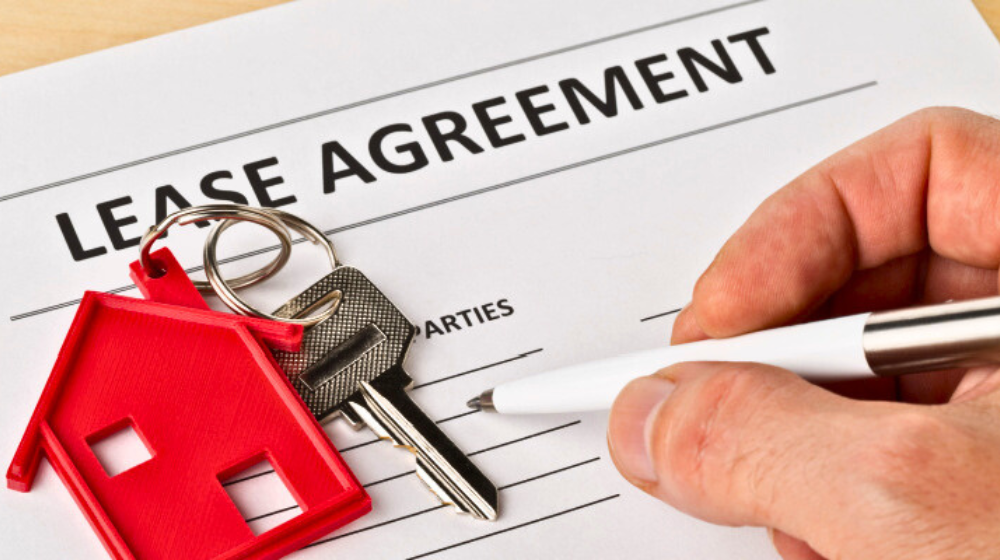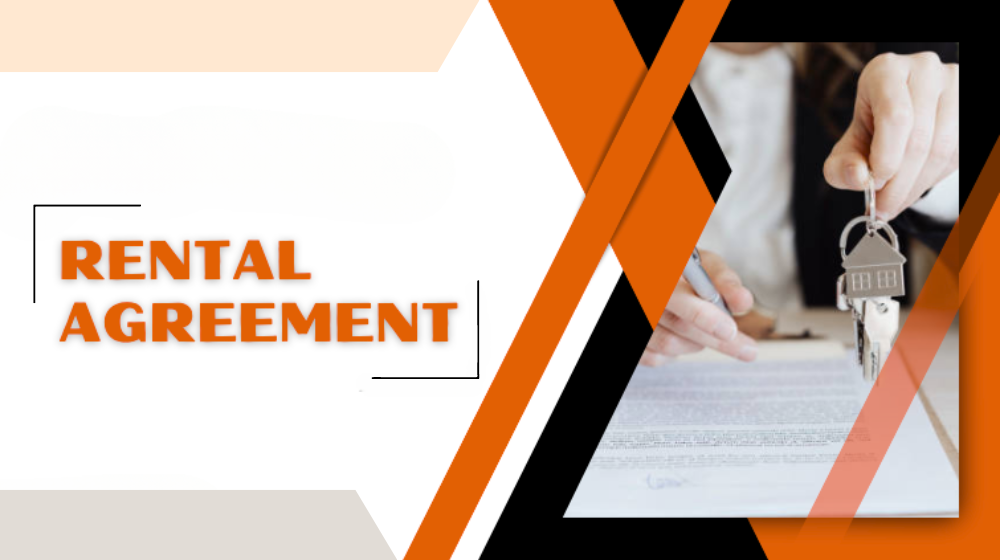Lease agreements are fundamental, in establishing the relationship between property owners and long-term tenants. Whether you’re a landlord aiming to safeguard your investment or a tenant seeking clarity and peace of mind having a grasp of lease agreements is essential. In this guide we’ll delve into the elements of lease agreements share tips for negotiating terms and offer insights on fostering a landlord-tenant dynamic throughout the leasing period.
Understanding the Lease Agreements & its key elements

1. Clear terms & conditions:
A well-crafted lease agreement should clearly outline terms related to rent payments, lease duration, security deposits, and occupancy regulations. It’s crucial for both parties to thoroughly review and understand these terms before signing to prevent misunderstandings down the line.
2. Lease Duration and Renewal Options:
Property owners should specify whether the lease is for a fixed term or month-to-month arrangement. Including provisions for lease renewal options can offer tenants flexibility. This will ensure continuity in occupancy and avoid any discomfort for both parties.
3. Rent and Utility Payments:
The lease agreement should specify the rent amount, date, and acceptable payment methods. It’s important to clarify whether utilities like electricity, water, etc are included in rent or if tenants are responsible for payments to avoid conflicts, over responsibilities.
4. Property maintenance and repair:
The lease agreement sets clear guidelines related to property upkeep and repairs. Property owners need to outline their duties in keeping the property in condition while tenants must be aware of their role, in reporting any maintenance concerns.
Negotiating Rental Agreements:

1. Flexibility and Compromise:
When discussing lease terms, it’s important, for both landlords and tenants to consider each other’s needs and stay open-minded. Be ready to make compromises on aspects to reach an agreement that works well for both parties.
2. Seek Professional Advice:
It’s wise to consult with an expert or real estate when creating or negotiating lease agreements. They can offer guidance to ensure compliance with rental laws and safeguard the interests of everyone involved.
Tips to Maintain a Positive Landlord-Tenant Relationship
· Communication is Vital: Building and sustaining a relationship between landlords and tenants hinges on honest communication. Encourage dialogue to promptly address any concerns or issues that may arise.
· Respect Privacy and Boundaries:
Landlords should honor their tenants’ privacy rights by giving advance notice before entering the property for inspections or repairs. Likewise, tenants should follow property regulations to foster a living environment.
· Take their concern seriously:
It’s important to treat tenant issues and complaints, with care and respond to them quickly. Whether it’s about maintenance, noise, or problems with neighbors it’s crucial to hear out tenant’s concerns and collaborate, on finding solutions. Maintaining communication can prevent issues from turning into major problems.Any Lease agreement requires teamwork, effective communication, and mutual respect, between landlords and long-term tenants. By grasping the elements of lease agreements negotiating terms thoughtfully and nurturing a landlord-tenant rapport both parties can experience a fruitful and harmonious rental journey. For that, Real Estate Dekho asks for all the necessary details to provide accurate information to tenants to avoid any miscommunication. Additionally, our interface is user-friendly and a transparent transaction system makes things easy for both property owners and tenants. So, visit our website for any of your requirements, we are happy to help you.


